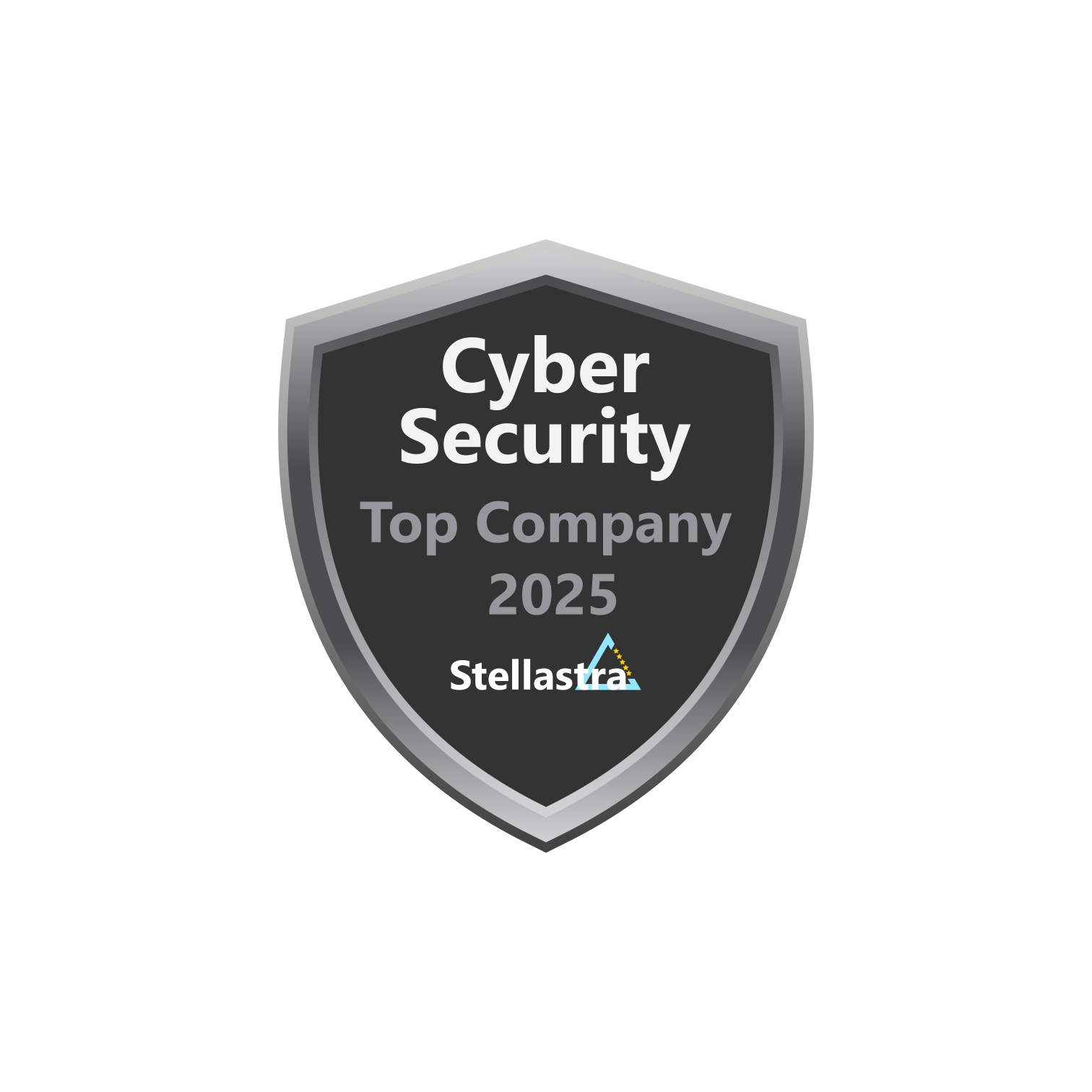· 4 min read
Data Integration vs Data Migration
Learn about the difference between data integration and data migration

Data Migration vs. Data Integration
Businesses are constantly seeking ways to leverage their data for insights and decision-making. Two fundamental processes that organizations often undertake are data migration and data integration. While they may sound similar, they serve distinct purposes and present unique challenges and benefits. In this article, we’ll explore the differences between data migration and data integration, when to use each, and best practices for successful implementation.
What is Data Migration?
Data migration is the process of transferring data from one location to another, one format to another, or one application to another. This is typically a one-time process that occurs when an organization needs to update or change its data storage systems, applications, or infrastructures. The main goal of data migration is to ensure that all data is moved accurately, completely, and efficiently with minimal disruption to operations.
Key Steps in Data Migration
Assessment and Planning: Understanding the scope of the migration, data structure, and potential challenges.
Data Profiling and Analysis: Evaluating data quality and any required transformations before migration.
Designing the Migration Process: Setting up the migration architecture and determining the appropriate tools.
Execution: Performing the actual data transfer while maintaining data integrity and accuracy.
Testing and Validation: Ensuring data migration was successful by checking data quality and completeness.
Monitoring and Maintenance: Ongoing observation to confirm the system functions properly after migration.
Common Use Cases for Data Migration
- System Upgrades: Moving data to newer systems for enhanced capabilities.
- Mergers and Acquisitions: Consolidating data from disparate systems into a unified structure.
- Cloud Adoption: Transitioning from on-premises data centers to cloud-based solutions.
- Data Center Relocation: Moving physical hardware or data to new geographical locations.
What is Data Integration?
Data integration involves combining data from different sources to provide a unified view. Unlike data migration, integration is an ongoing process aimed at providing consistent data access across different systems and applications. The goal of data integration is to break down data silos and create a seamless flow of information within an organization.
Key Steps in Data Integration
Data Source Identification: Discovering all data sources that need to be integrated.
Data Extraction: Retrieving data from various sources using standardized methods.
Data Transformation: Converting data into a consistent format for analysis and reporting.
Data Loading and Synchronization: Ensuring integrated data is continuously updated and synchronized across systems.
Data Governance: Establishing policies to maintain data quality, privacy, and compliance.
Data Monetization: Leveraging integrated data to extract strategic business insights.
Common Use Cases for Data Integration
- Business Intelligence: Combining data for comprehensive reporting and analytics.
- Operational Efficiency: Streamlining processes by integrating disparate systems.
- Customer Experience: Providing a seamless experience by integrating customer data from various channels.
- Regulatory Compliance: Ensuring data privacy and compliance through consistent data governance.
Differences Between Data Migration and Data Integration
| Aspect | Data Migration | Data Integration |
|---|---|---|
| Nature | One-time or periodic activity. | Continuous, ongoing process. |
| Purpose | To relocate data with accuracy. | To combine data for accessibility and analysis. |
| Time Sensitivity | Often time-bound with specific end goals. | Not time-bound; involves real-time or near-real-time updates. |
| Tools | ETL (Extract, Transform, Load) tools designed for migration. | ETL/ELT tools, APIs, and middleware for continuous integration. |
| Impact | Can temporarily disrupt operations during transition. | Enhances operational efficiency and decision-making. |
Best Practices
For Data Migration
- Comprehensive Planning: Define clear objectives, timelines, and resource allocation.
- Data Quality Assurance: Address data integrity, completeness, and accuracy.
- Pilot Testing: Conduct trial runs to uncover potential issues.
- Change Management: Communicate with stakeholders to manage expectations and prepare for changes.
- Backup Plans: Have contingencies in place in case of unexpected challenges.
For Data Integration
- Robust Architecture: Design an integration architecture that supports scalability and flexibility.
- Data Standardization: Establish rules for data formats and naming conventions.
- Automated Processes: Leverage automation for data extraction, transformation, and loading.
- Continuous Monitoring: Use real-time dashboards to continuously monitor data flows.
- Security and Compliance: Regularly update security protocols to protect sensitive data.
Conclusion
Both data migration and data integration play vital roles in an organization’s data strategy. While data migration focuses on relocating data efficiently, data integration ensures continuous data accessibility and usability within different systems. Understanding the differences between the two can aid in choosing the right approach based on your organization’s goals. By implementing the best practices highlighted above, you can ensure successful data migration and integration projects that enhance your business’s agility and capability to adapt in a rapidly evolving digital landscape.
As data continues to expand and evolve, having a clear strategy for both migration and integration will be crucial for maintaining competitiveness and unlocking the potential of your data resources.

